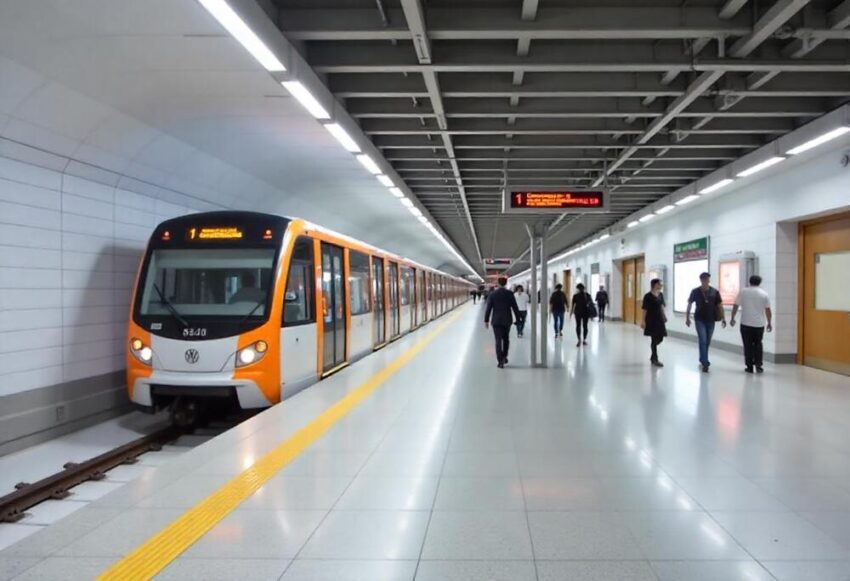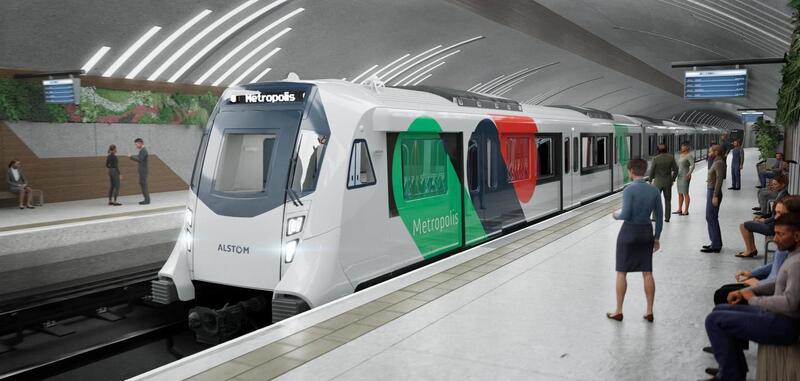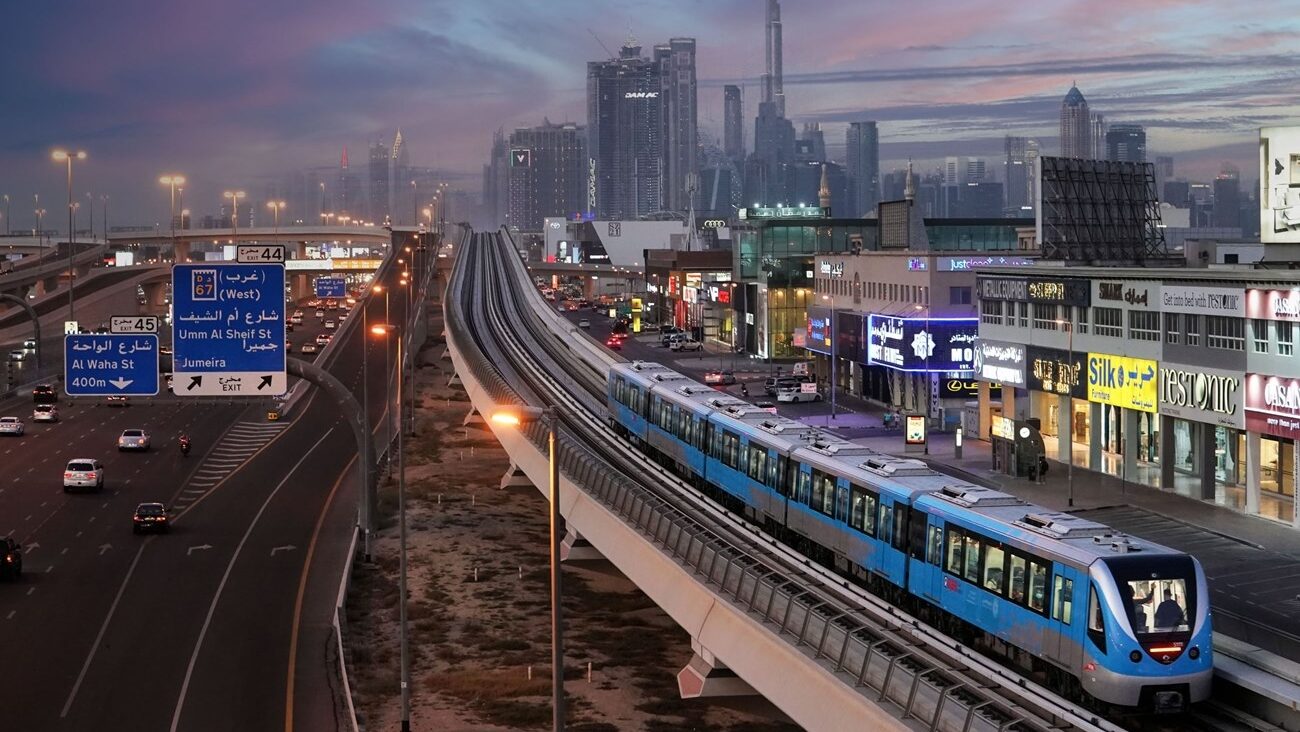Kuwait is taking big steps to improve its public transportation system. The country is now expanding its metro network to help solve two major problems — traffic jams and pollution. This move is part of a larger plan to promote sustainable urban mobility and make daily life easier for thousands of commuters.
A Bold Move Toward a Cleaner, Faster Future
With more cars on the road every day, traffic congestion has become a growing concern in Kuwait. Long queues during rush hour, rising fuel consumption, and air pollution have all made daily travel difficult for residents. That’s why the government has decided to speed up its metro project, which has been in planning for several years.
By expanding the metro lines, the authorities aim to make commuting quicker, cheaper, and more environmentally friendly. The goal is not just to build a few train stations but to completely change how people travel in Kuwait.
What to Expect from the Metro Expansion
The metro project will cover major parts of the city and connect important areas such as business districts, residential zones, and key government buildings. The new network will include multiple lines, modern trains, and upgraded facilities to ensure safety and comfort for passengers.

This expansion is part of a long-term transport strategy that hopes to reduce the number of private cars on the road. With better access to efficient public transport, many people might leave their cars at home, especially for work or school.
Some of the planned highlights include:
- Three major lines covering over 160 kilometers.
- More than 60 stations, with some offering park-and-ride services.
- Smart ticketing systems and real-time travel updates.
- Fast, air-conditioned trains designed for local weather.
Why This Project Matters
Kuwait’s metro expansion is not just about convenience. It’s a step toward a greener future. Transportation is one of the biggest contributors to greenhouse gas emissions in the country. By offering a clean and efficient alternative to cars, the metro system will help reduce Kuwait’s carbon footprint.
Moreover, the metro project creates jobs, boosts tourism, and makes the city more attractive for business and investment. International companies are more likely to set up in places with strong infrastructure, and a modern metro system adds great value.
For students, workers, and tourists alike, the metro means less stress, lower travel costs, and more time for things that matter.
Government’s Role and Vision
The Kuwaiti government is working closely with international experts, urban planners, and engineering firms to make this project a success. This includes the use of modern technology, sustainable materials, and smart design to ensure the metro system is not just efficient but also future-ready.
Authorities also plan to educate the public on how to use the metro system and promote it as the best option for daily travel. Awareness campaigns, mobile apps, and digital tools will help people plan their journeys with ease.
The project fits within the broader Vision 2035 plan — Kuwait’s national strategy to create a diversified economy and better quality of life. Transport is a key pillar in this vision, and the metro plays a central role.
Public Response: Hopeful and Curious
Many residents have welcomed the news with excitement. The idea of spending less time in traffic and avoiding the stress of driving every day has been a relief for many.
“I spend nearly two hours on the road every day just to get to work and back,” says Ali, a 34-year-old engineer. “If the metro can save me that time, I’ll be the first to buy a ticket.”

However, some are still unsure about how the system will work or whether it will be well maintained. Authorities are aware of this and are putting plans in place to make the system user-friendly and reliable from day one.
Challenges Ahead
No large-scale project comes without its challenges. From funding and construction delays to public acceptance, there are several issues that could slow down progress. Traffic disruption during the construction phase is also a concern.
Still, the government is determined to overcome these hurdles with strong project management and international cooperation. Transparency and regular updates are expected to keep the public informed and engaged.
There are also plans to integrate the metro system with buses and taxis to create a smooth travel experience. This “multi-modal” approach means passengers can switch from one form of transport to another without hassle.
Future Plans and Timelines
The first phase of the project is expected to be completed within the next few years. This includes key lines that connect high-traffic areas and serve large populations. Later phases will expand the system further, possibly including connections to other Gulf countries in the future.
In the long term, Kuwait hopes to set an example for other nations in the region by showing that smart, sustainable transportation is not just possible but essential.
A Step Closer to a Smarter Kuwait
With this metro expansion, Kuwait is not just building trains and stations — it is building a better future for its people. From cleaner air to less traffic stress, the benefits are clear.
As the country moves forward with its metro dreams, the hope is that more people will embrace public transport, reduce car use, and become part of a greener, faster, and more connected Kuwait.
Also read: Best Lounges in Qatar: Where Luxury Meets Comfort



